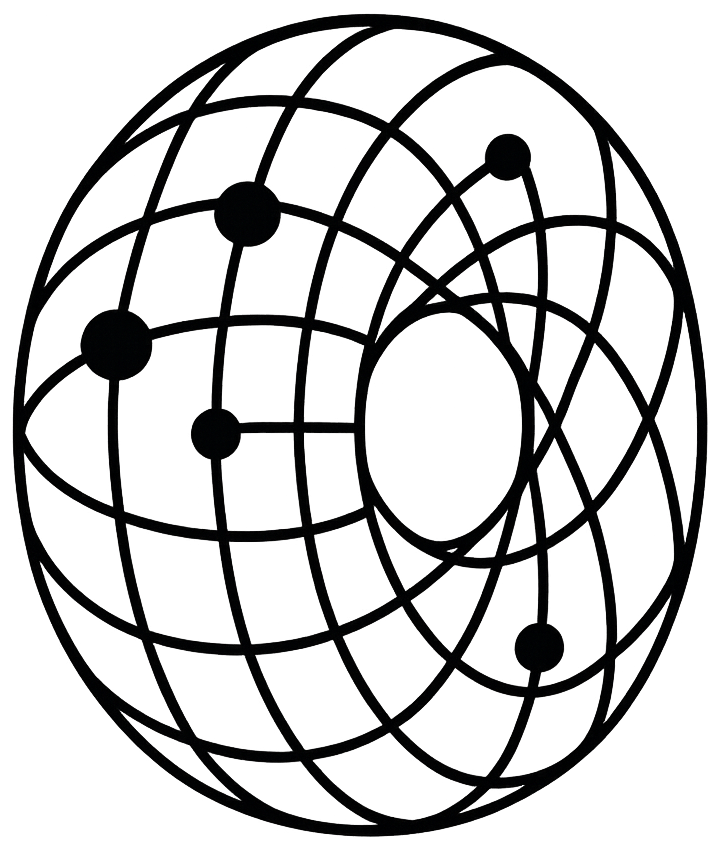High drug prices have become a significant issue in the United States, a symptom of a patent system that often serves entrenched interests rather than promoting innovation and improving social welfare. The problem is particularly acute in the pharmaceutical sector, where patent strategies, like those employed by AbbVie with Humira, hinder competition and maintain market exclusivity. In the U.S., the introduction of competitive, lower-cost biosimilar drugs has been delayed until 2023, adversely impacting consumer access and affordability.
The current patent system’s inadequacies were highlighted recently when President Donald J. Trump released his second executive order addressing high prescription drug prices. This action underscores a broader recognition of the need for reform. With U.S. drug prices nearly three times higher than in other countries, many Americans struggle to afford their prescribed medications. The patent system’s abuse exacerbates this issue, as pharmaceutical companies increasingly wield patent power for monopoly gains rather than innovation.
The controversy surrounding patents is not new. Emerging from “letters patent,” monopoly privileges granted by monarchs to favored interests, the U.S. patent system was built on this English tradition. The Constitution granted Congress the power to create a statute promoting “Progress in Science and useful Arts.” Distinct from property rights in tangible property, patents are a right of exclusivity granted to serve the broader public interest. However, over time, strong patent proponents have attempted to equate patents with tangible property, obscuring their statutory origins and economic scrutiny.
Pharmaceutical companies often use patent thickets, dozens of patents per drug that extend their market exclusivity and deter entry by lower-cost generics. While some of these may offer improvements in the drug’s performance or delivery, others may be obvious and offer little therapeutic value. This strategy of creating patent thickets delays competition, keeping drug prices artificially high for consumers, patients, and government programs. One study found that the cost of this abuse ranges from $1.8 billion to as high as $7.6 billion for each drug in just one year.
AbbVie’s Humira is a striking example of this patent strategy. The company applied for almost 250 patents, 132 of which were granted, covering not just the active ingredient but also the drug’s formulation, treatment methods, and manufacturing processes. This effectively extended Humira’s market exclusivity an additional six years beyond the expiration of the main patent, enabling AbbVie to maintain high prices for an extended period.
Reforming patent laws could promote market competition and lower drug prices for critical medications, benefiting patients and healthcare systems alike. By addressing patent abuse in the pharmaceutical industry, policymakers can create a more competitive landscape that encourages innovation while ensuring affordable access to life-saving treatments. With the potential for significant cost savings and improved healthcare outcomes, patent reforms are crucial in the ongoing effort to tackle high drug prices and enhance healthcare affordability for all individuals. This is not just about reducing costs; it’s about restoring the patent system’s original purpose of promoting innovation and improving social welfare.
Read more from rstreet.org
